Illustrations from Everard Digby’s De Arte Natandi (The Art of Swimming) published in 1587, considered the first English treatise on the practice. Divided into two parts, the first is largely theoretical (Digby wrote in Latin, though it would be translated into English by Christopher Middleton eight years later). The second part is concerned with practical demonstration borne out in a series of 40 beautiful woodcuts, all composed from five landscape blocks into which swimmers in various positions have been placed. The work was hugely influential, not just providing a practical guide to staying afloat and different strokes but also in its attention to issues of safety. As theWellcome Library blog notes: “The work is alive to the dangers of swimming outdoors: Digby makes careful note of the safest methods of entering rivers, warning against jumping in feet first (particularly if the water has a muddy bottom to which your feet would stick) and advocating a slow and patient entry. Swimmers are also advised to have a companion with them, to help if they get into difficulties. Digby also advises on the different kinds of water that can be swum in, advising against swimming in murky ponds (in which animals may have been washed).” Born in 1550, Digby was an academic theologian at Cambridge University, though in 1587, the same year as his swimming treatise was published, he was expelled from his college of St John’s partly due to his habit of blowing a horn and shouting around the College grounds.
| Wellcome Library | |
| Underlying Work: PD Worldwide | Digital Copy: No Additional Rights | |
| Download: Right click on image or see source for higher res versions |


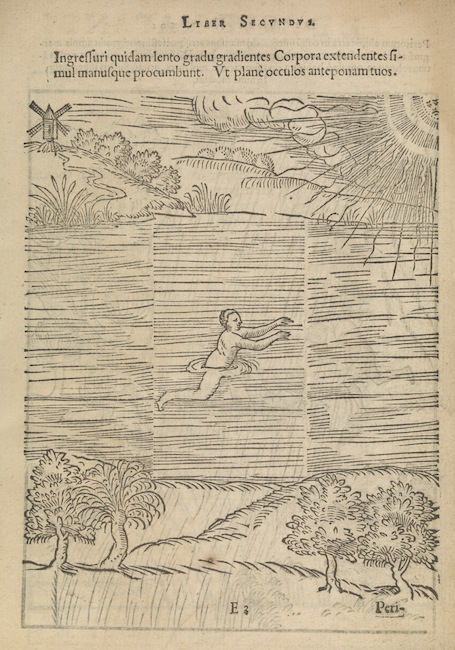

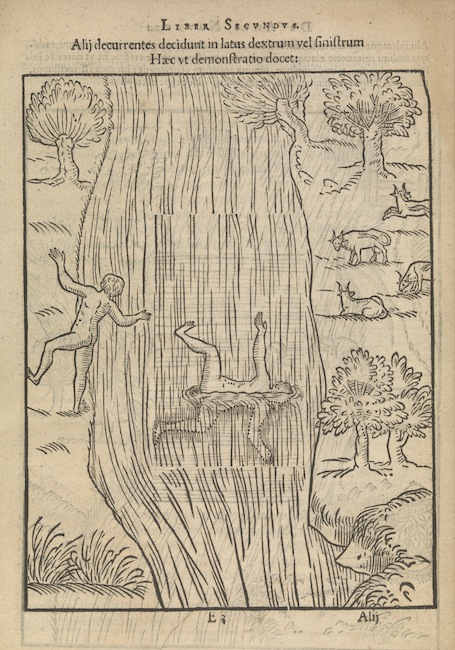
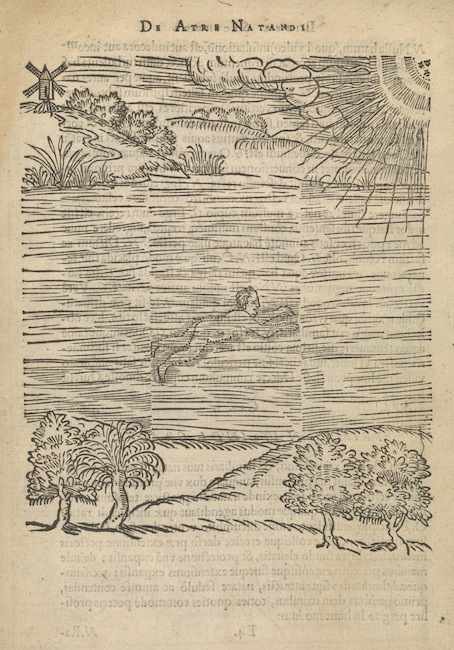

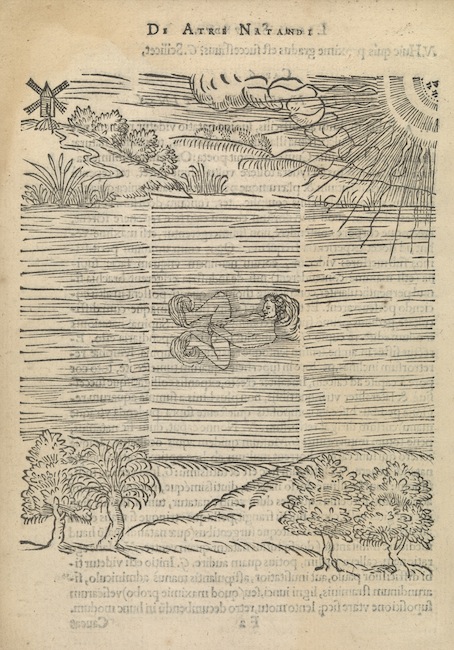
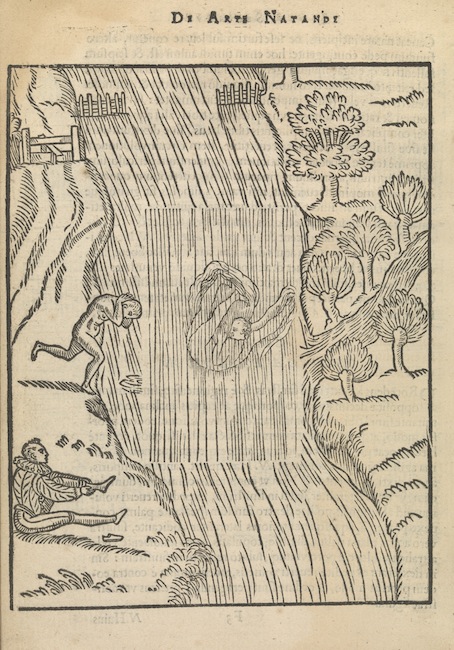
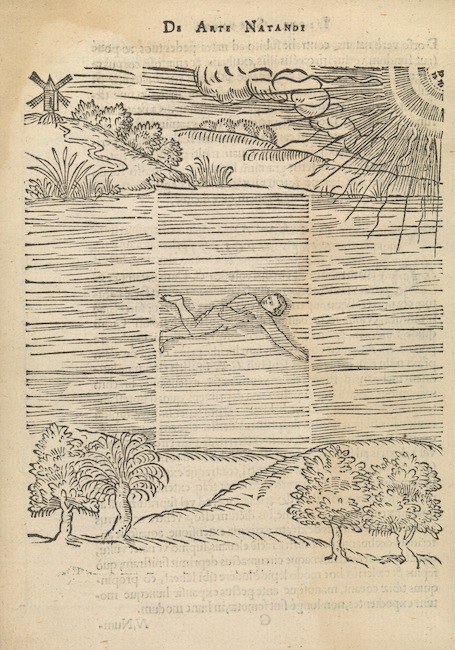


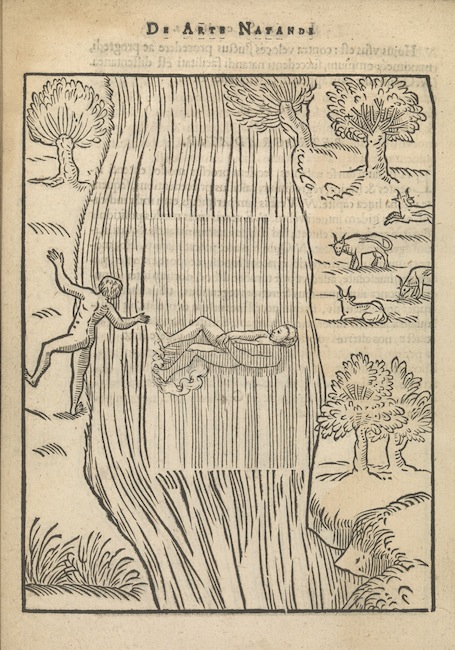
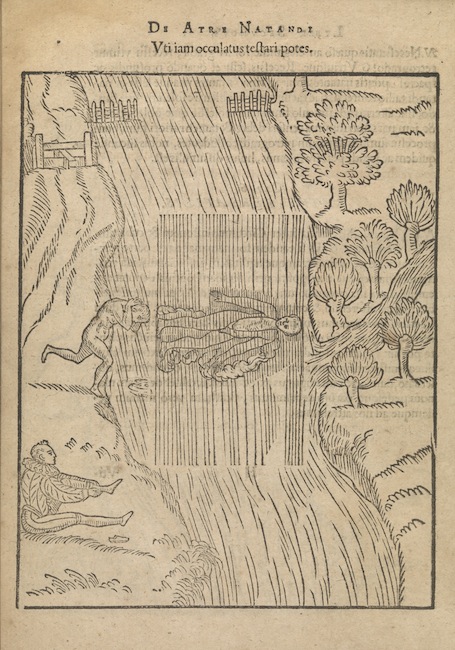
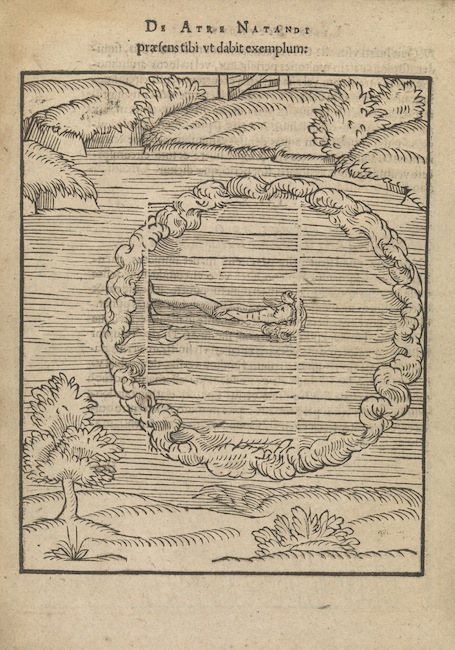


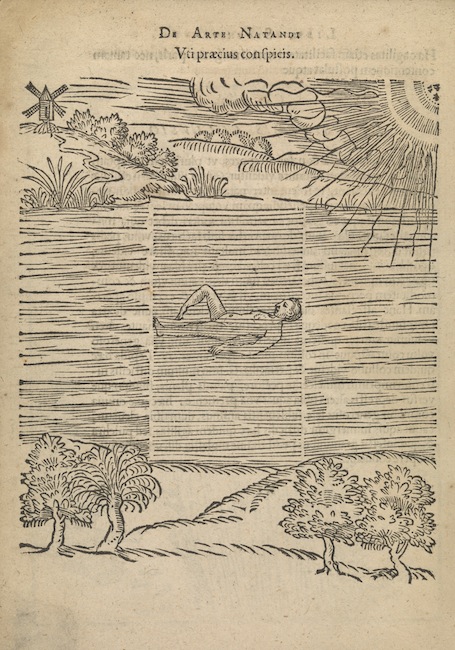

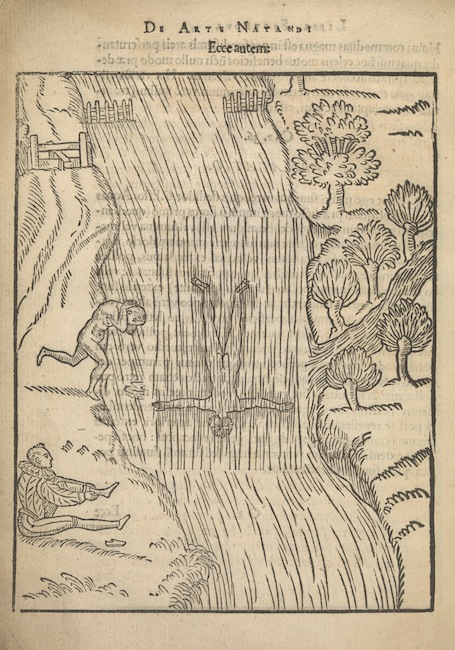
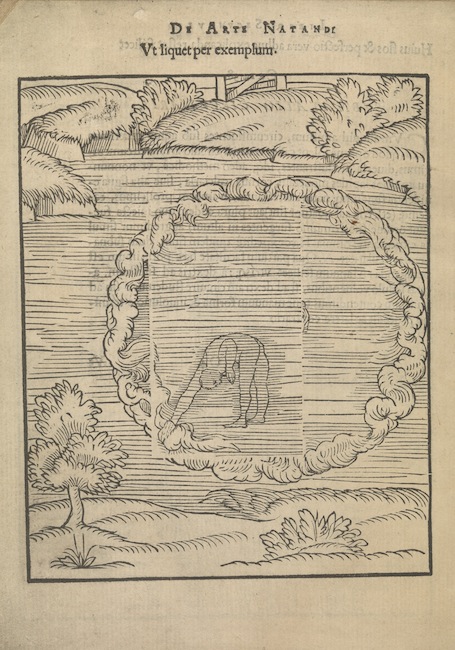
.jpg)








